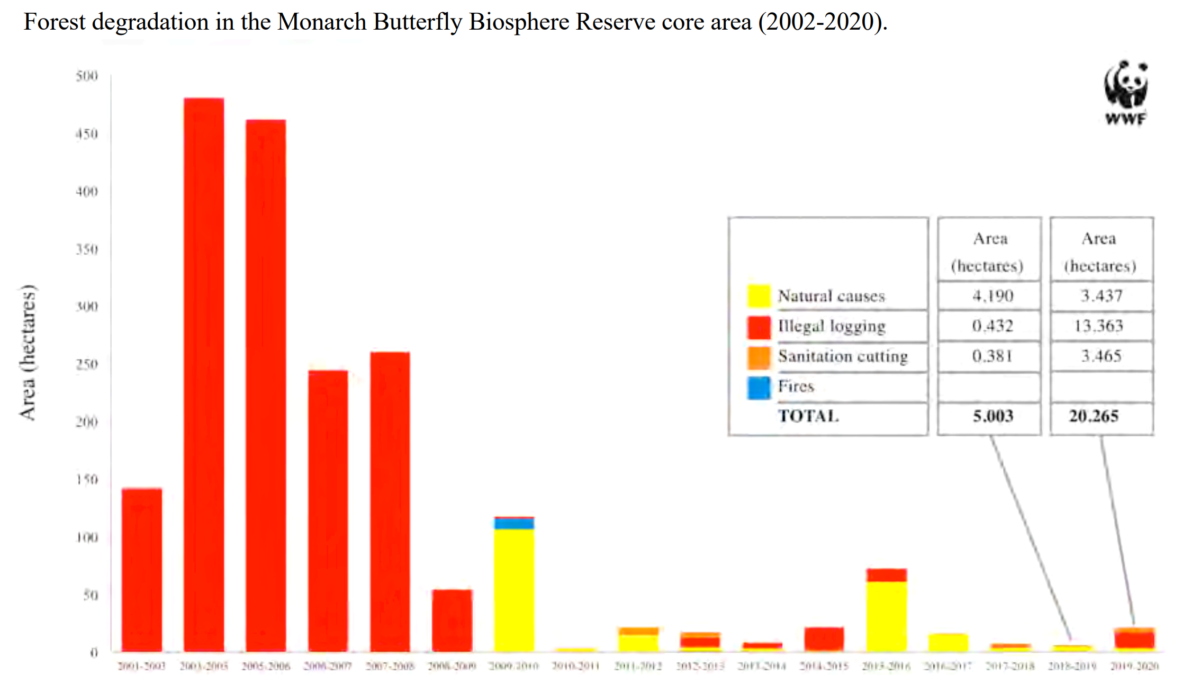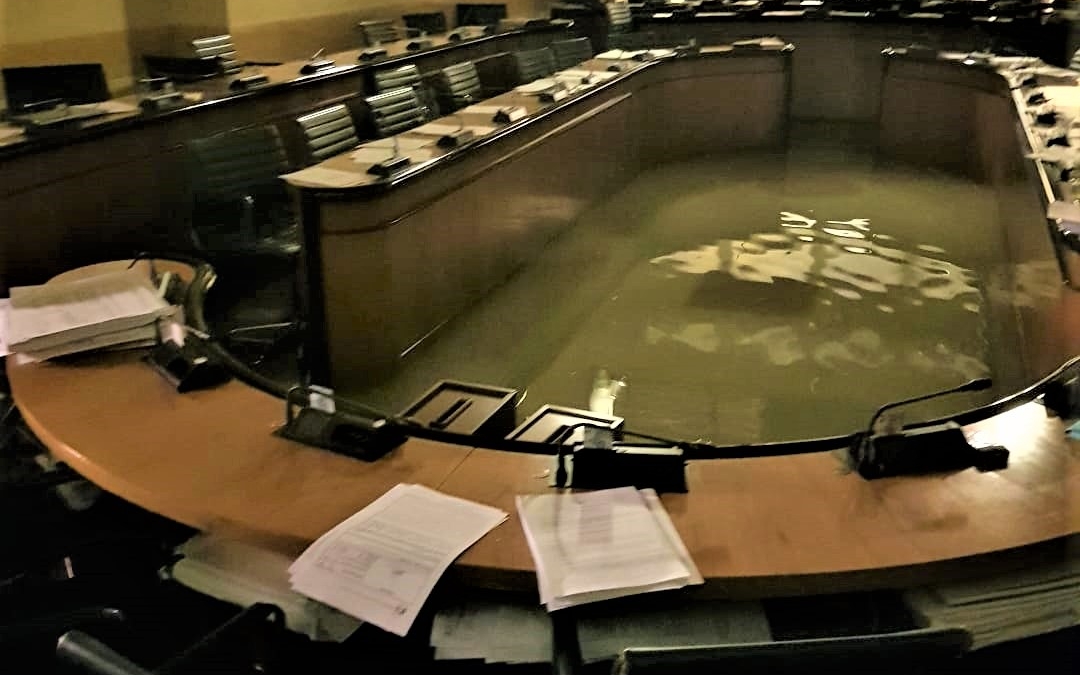The atomic bomb laid down the marker for humanity’s era of catastrophic change – “An observable, unambiguous change in the physical properties or fossil content of the strata”

By Stephen Trimble
3 September 2023
(Los Angeles Times) – Christopher Nolan believes J. Robert Oppenheimer is the most important person who ever lived. “By unleashing nuclear power,” the film director concludes, “he gave us the power to destroy ourselves.” Nolan might exaggerate, but Oppenheimer, the subject of Nolan’s hit movie, is surely worthy of the title most often applied to him, “father of the atomic bomb.”
Oppenheimer ran the Manhattan Project at Los Alamos, N.M., during World War II, managing a team of the smartest physicists he could recruit. Together, they created the bomb — atomic energy, the nuclear age — in a remote corner of America’s Southwest.
In delivering us into the atomic age, Oppenheimer also became the father of the Anthropocene. Given his anguish about America’s deploying his nuclear weapon in 1945, I suspect “Oppie” would also agonize about his ownership of our current geologic time period. Nevertheless, he and his fellow physicists gave us the indicator — what geologists call the “golden spike” — that marks a new epoch in Earth history.
Earth scientists have been debating whether to add this new epoch to their time scale for two decades. In 2019, they reached agreement: If you’re alive now you live in the Anthropocene — a geologic epoch incorporating humans in its very definition: “Anthropo,” as in anthropology, meaning “human”; and “cene,” as in so many recent geologic epochs — Miocene, Pleistocene — meaning “recent” or “new.”
Until the International Commission on Stratigraphy sealed the change with a vote, we were living in the Holocene, the “wholly recent” — a relatively uneventful 12,000 years that started at the end of the Ice Age.
But 8 billion humans now inhabit our planet. Our influence has become so extreme, so pervasive, that we must take responsibility for a new era.
We casually burn fossil carbon from plants that grew 200 million years ago. We alter the climate. We strew waste across the Earth from our industrialized societies. As global temperatures rise and habitats are disrupted, we speed up the course of evolution. And, beginning with Oppenhemer’s “gadget,” our nuclear bombs have blanketed the Earth with radioactive fallout.
Anthropocene. The “peopled recent.” Humans have taken command of geological time. It’s an astonishing thought.
Geologic time periods are graphed, with beginning and ending dates. When did humans take over? When did the Holocene end and the Anthropocene begin?
Historians and anthropologists look back to the dawn of the Industrial Revolution or even further, to the adoption of agriculture or the “Columbian Exchange,” when Columbus’ explorations brought together the Eastern and Western hemispheres, scattering once-geographically limited species across the globe. Indigenous people did plenty of landscape management, burning and deforesting when it suited their needs, but it took thousands of years of increasing human interventions to arrive at a geologic hinge point: “an observable, unambiguous change in the physical properties or fossil content of the strata.”
Radioactive plutonium that drifted to Earth in the first years of Oppenheimer’s nuclear age provides geologists with a recognizable, mappable layer in the Earth’s crust — perhaps the most pervasive signal of any marker between geologic time periods. This summer, geologists even settled on a “type locality” for the Anthropocene marker: Crawford Lake, Ontario. This little suburban lake happens to be extraordinarily deep, with perfect chemistry for chronicling annual deposits of sediment, pollution and pollen grains over thousands of years. The lake’s record shifts abruptly in 1950, when plutonium shows up, drifting across the continent from nuclear bomb tests in Nevada and the Pacific.
A worldwide spike in fly ash from burning coal also occurs in 1950. And so most stratigraphic experts have settled on 1950 as the curtain-raiser for the Anthropocene.
The first device that blasted fallout into the atmosphere exploded at the Trinity site on July 16, 1945. The next month the United States bombed Hiroshima and Nagasaki — killing 200,000 people, bringing World War II to a close. But we kept developing, testing and exploding fission and fusion weapons after the war, more than 2,000 times, across the world. Only North Korea is still testing today.
Geologic epochs last for thousands and even millions of years. But the Anthropocene — initiated by human interference and likely to end by it as well — may be the shortest of them all. [more]
Opinion: The atomic bomb laid down the marker for humanity’s era of catastrophic change


